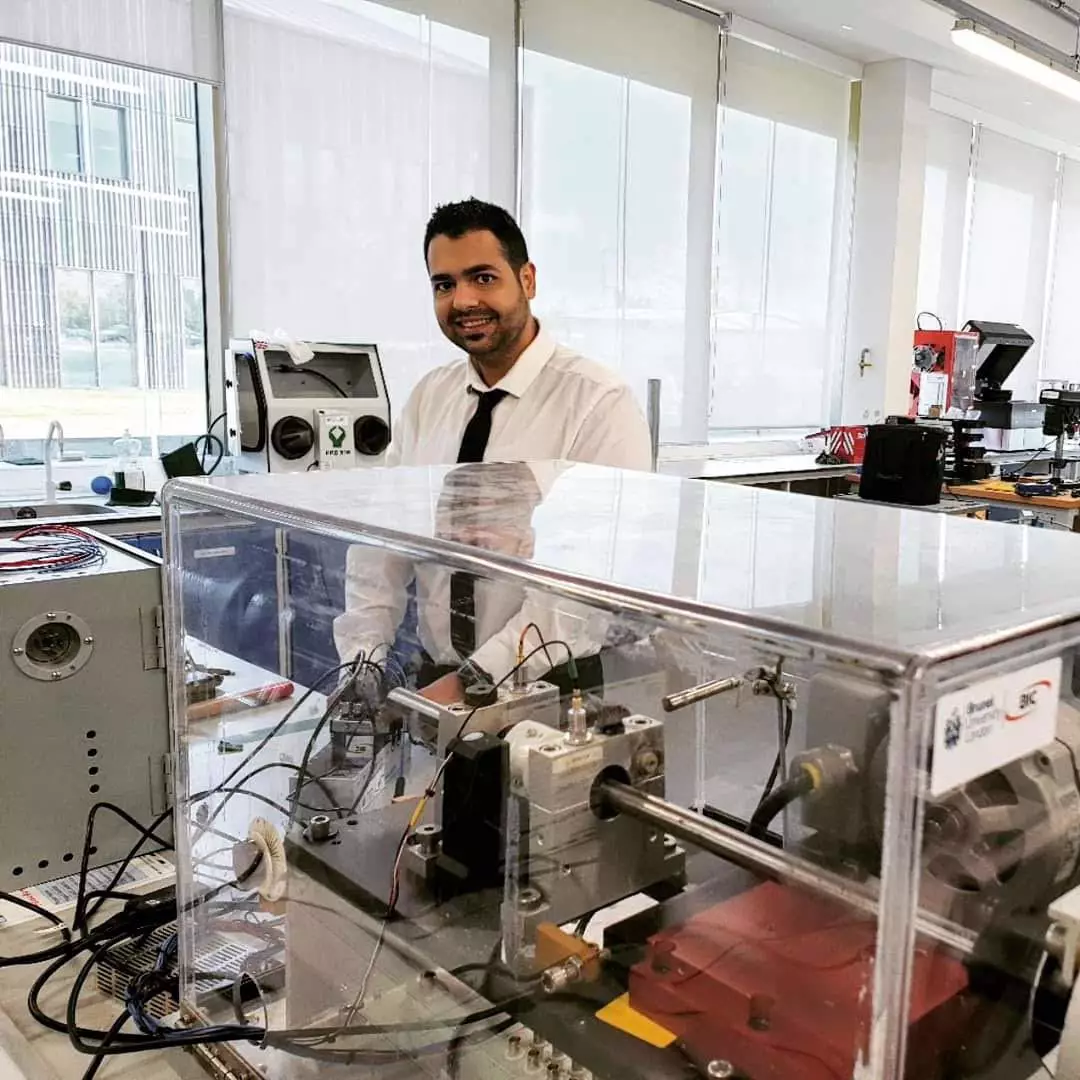Digital Twin
The concept of digital twin became possible thanks to the development of technologies allowing real-time or near-real-time generation, transmission and processing of data. Those technologies include Internet of Things (IoT), low power low cost sensing technology, Data Analytics (i.e. Machine Learning) and computing power. Thanks to the availability of such technologies, it is possible today to generate a virtual representation of a physical system; be it a machine, a system, a production line, a process or an asset.
Brunel Innovation Centre's (BIC) focus has been on the brains behind the digital twin i.e. data analytics. BIC has also developed 3D counter part of physical apparatus in the past. Currently our Researchers are working on developing algorithms combining statistical, signal/historic data processing for features extraction along with deep learning for regression and fault prediction. This is for quality control, predictive maintenance as well as process monitoring. BIC is also developing evolutionary optimisation algorithms, on top of the analytics module, to optimise assets health and processes performance.
APPLICATION
Having successfully demonstrated the first version of the Digital Twin tool, developed to serve as a precursor for future production level code, we are now looking to implement our knowhow into other real-time platforms.
The Digital Twin project is a self-funded project which is an IoT enabled fusion of physical asset and digital asset. It is advanced in the analysis of data and monitoring of systems to head off problems before they even occur. The experience gained is providing roadmaps to other industrial Digital Twin platforms that can be implemented on real-time. BIC is expanding the application of digital twin capabilities to wider Energy, Industry 4.0 and Building Information Modelling.
KEY PROJECTS
WINDTWIN
The WindTwin project has been a key milestone allowing BIC to demonstrate the robustness of its algorithm's framework, modelling the performance of wind turbines and detecting issues and downtime two months prior to failure, with no information about the machinery design. An interactive 3D visualisation tool was developed using UNITY game engine.
The software is capable of receiving and interpreting data sent from the warehouse sensors. The developed GUI software provides users with an interactive 3D model (digital twin) in real-time; featuring actions such as pan and zoom, 360 degrees rotation and component interaction for better visualization and monitoring of the assets.
A mobile companion application (Android tablet) has been developed to eliminate the restriction of location-bound monitoring by enabling the operator to move freely and have a portable monitoring apparatus.

WindTwin Project
SMARTBRIDGE
DIMOS